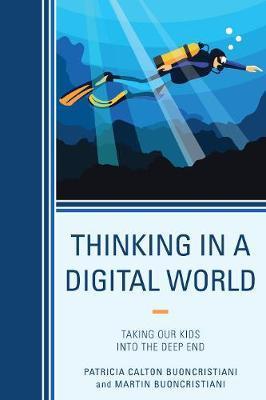My mum was English, a royalist and a Tory through and through. My dad was a socialist. I never questioned who they voted for, it was obvious. They voted for a philosophical position, not for policies. I don’t recall them ever arguing about policy. I don’t think they were interested in policy. They expected their party to govern according to a pretty well-known set of priorities, and they expected the elected government to just get on with it. What political information they did get was from the newspaper. This was at a time when the role of a newspaper was to provide factual information, a time when opinion was clearly marked “Editorial”. They believed that polite people didn’t discuss sex, religion or politics.
What’s changed? Everything.
We are drowning in a swirling tide of information and opinion. Most of the time we can’t distinguish one from the other. Is this what he thinks? Or is it what he knows? Who knows?
Television, radio, social media, newspapers, billboards, bumper stickers – they are all pelting us with information. For the first time in the history of the world, we get to interact with it all in public. We can engage in heated debates with strangers on Facebook, we can phone in to talk back programs on the radio, we can see out tweets across the bottom of the TV screen. Our opinions and observations have never been so important, so ‘out there’. We are all experts, we all have our say. But it’s all so superficial, and there is so much of it.
We are drowning in a swirling tide of confusion because none of this ‘information’ stays still long enough for us to stop and think. Were they going to bring in a “death tax”? Is there a massive caravan of rapists and murderers at our southern border? Are immigrants from Eastern Europe taking all our jobs? Is our economy booming? Or is it going down the gurgler?
Someone said of the loser in our recent Australian Federal election, “It isn’t you Bill. It’s the country.” Thomas Jefferson said that “a well-informed electorate is a prerequisite to democracy”. We think we are well informed because there is this unending supply of commentary being thrown at us and we are being given opportunities to voice our own opinions.
The trouble is we are not bothering to discriminate between what is information and what is opinion. We get caught up in a helter-skelter cycle, where everything moves fast, one voice, one meme, one slogan following another, never giving us time to think.
We are not taking the time or making the effort to interrogate the truth of the things we are told. People are sharing posts on social media without having a clue about their origin or their basis in fact. We are confronted by billboards defaming politicians from every side. We see slogans everywhere and we take them for truth.
There are plenty of fact-checking web sites, but people rarely use them. Instead, they decide they like the look of something, it fits with their preconceptions and they hit the “share” button.
This is how we are manipulated. This is how we are misled. And this is how democracy will be further damaged. If we don’t learn how to manage the digital, information world we are creating, it will manage us.


